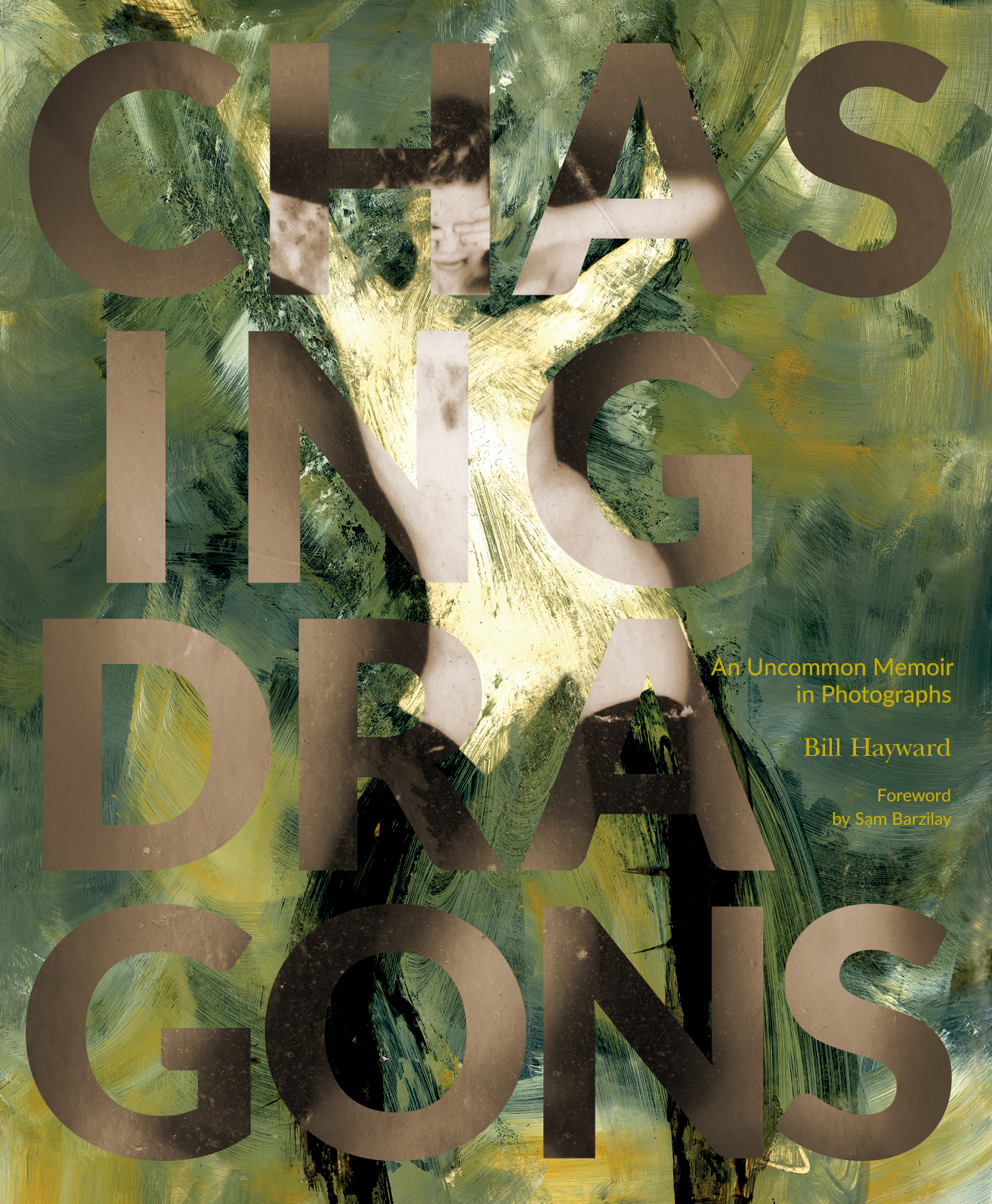
What I liked, reading Chasing Dragons at first, was the anticipation, the call to adventure that is in the author’s own answer to the call to adventure. —Douglas Glover
 Bill Hayward
Bill Hayward
Chasing Dragons: An Uncommon Memoir in Photographs
Bill Hayward
Glitterati Incorporated
240 pages, hardcover
346 original four-color photographs
$60; ISBN 978-0-9891704-9-9
.
AT THE AGE OF SIX, Bill Hayward was already blessed with magic and metaphor. He was born into an itinerant family, lived in or visited 17 states before he was in grade school. His older sister Janet, sitting with him in the back seat of the family’s 1940 Chevy, used to encourage him on long rides with stories of magic and adventure. Janet was Bill Hayward’s muse, his Yoda, the one who taught him to think there might be wisps of dragon smoke beyond the next hill. She made the world wondrous, which is something like religion, only under a different name.
Hayward has been hunting the dragon smoke ever since, hence the title of his magnificent new book Chasing Dragons: An Uncommon Memoir in Photographs; only now he also associates it intellectually with the dragon smoke of Chinese legend, dragon smoke equated with the imagination itself, with the ability to travel between worlds, which in Hayward’s universe becomes the ability to travel between and beyond forms, to hybridize, to traffic in aesthetic accident and unconscious inspiration, to transcend the torrent of conventional commercial dreck that is our contemporary fate.
Hayward is a photographer, also a writer, a filmmaker, and painter. He is a very good photographer, one of those A-list commercial photographers who shoot for glossy magazines in New York and are on call to do author photos for major publishers, the epitome of class. But at a certain point he rebelled against the conventional (even the very best conventional), the photograph that is already recognizably good as a photograph (“…at some point I realized that dragon smoke was somehow missing from the horizon…”), and as he says himself, went into the darkroom (this was when they still had darkrooms) fierce with experiment.
I commenced “bushwhacking” in the darkroom (this is way before digital) and experimenting with print, paint, paper and scissors and following real “brush strokes” of accident—disrupting what I knew of visual technique and tradition.
The result was wave after wave of startling, mysterious images. Like many great artists, Hayward seems to work in obsessional spurts, mulling over the same gestural form or experimental technique in image after image, but altering, nudging, scaling, colorizing, destroying.
Chasing Dragons is organized into five so-called acts, the acts subdivided into subtitled sections, each with an obsessional focus (some are called projects). For example, there are 17 collaborative bedrooms (“17 Bedrooms, A Spaghetti Western”), 17 black and white images of collaborator Joanne Baldinger standing in front of or even within a black on white painting of a room, door to a room, or windows looking out of a room. There are pages of paintings of a single torso with an arm bent at right angles, placed across the belly like an reversed L, sad, clownish faces, zombie figures. Or the floating, falling nudes suspended as if in a luminous vitreous humour of the “Broken Odalisque” series. Or the amazing set of photographs called “Consider the Flesh”: grainy images, nudes prancing/posing before a backdrop, camera pulled back to reveal backdrop against the studio wall, and lamps of various sorts held or disposed behind or in front of the subject, casting a mysterious glow.
I mention only a few of the sequences; this is a thick, beautiful book.
The repetitions inscribe motion from frame to frame, almost as in one of those old flip books, motion being one of the major fracturing devices Hayward uses, both inside and outside the image, his subjects caught over and over in ecstatic gesture, stillness infused with movement (gesture is a word Hayward uses frequently), so that the image sequences are a dance, not repetitious, but mysteriously rhythmic (like tides or the motions of sex) in their insistence on a particular motif (gesture, again), situation or subject, motifs that take on the numinous quality of dream signs.
One of Hayward’s most easily grasped innovations (invention) is the result of a rebellion against the conventional studio portrait: subject in front of camera, subject become object for the photographer, become something frozen, captured, pinned to the board. Hayward’s brilliant inversion, analogous to breaking down the fourth wall in the theatre, was to engage the subject as a collaborator in the photograph. Instead of sitting the subject in front of a backdrop, he set up a continuous roll of white paper, gave the subject (of the photo) a bucket of black paint and a brush and told him or her to make a backdrop for themselves, a scene, a place to pose, a place in which to act or even act out.
The result was/is an ongoing series of brilliant, witty, mischievous, punning, self-revelatory (in the sense of self-discovery) collaborative portraits. Many appeared in Hayward’s 2001 book Bad Behavior, and there are a few of those in Chasing Dragons, but he has extended the project into what he calls The Human Bible, traveling the country with his paper rolls and paint (near the end of the book there is a gorgeous photograph of Hayward clad in black, walking a dusty railway track somewhere in the west, with a paper roll over his shoulder).
Hayward seems to function along three basic vectors or principles, at least this seems to be the case when he talks about what he is doing. The first is the one already dealt with, the iconoclasm, the adventurous breaker of form, on a quest to find the rigid structure, the accepted mode, in what he is doing and break it. Little things, to begin with, like the incorporation of accident or imperfection, a studied black and white landscape with a road disappearing into distant hills and a purple crayon streak in the top corner. Which seems to lead to drawing and painting on photographs, to incorporating photos into paintings and then paintings that remind you of the photographs. Iconoclasm, breaking the image, the holy image, making it more holy in so doing. There is much more of this, pages of faces, strangely symmetrical as if the one side mirrors the other (not the way normal faces work), streaked, over-exposed, magnified, colorized, staring.
The second vector is a restless search for the feminine, a self-conscious desire to rebalance a universe that has tilted wildly toward the patriarchal. One source for this is Robert Graves book The White Goddess, which Hayward absorbed at just the right moment. But beyond that, and not to psychologize, it does seem as if his sister Janet, six years older and a leader of adventures, gave Hayward the perfect template for the White Goddess before he actually met her in a book. Chasing Dragons is full of female images, many nudes, many combining the ecstasies of dance gesture (there are naked men, too, but not nearly so many). Women lead Hayward, they are his psychopomps, his oneiric guides into the realm of abandonment, experiment, and revolt. Of this is he enthusiastically conscious, inserting throughout Chasing Dragons quotations and snippets from his favorites: Mary Ruefle, Clarice Lispector, Emily Dickinson, Flannery O’Connor, Virginia Woolf.
And, finally, the third principle, the unresolved struggle, something Hayward recognizes within himself, the tension between the discipline of art (call it professionalism, craftsmanship, guild knowledge) and the free spirit of play, the foregoing of knowledge, the abandonment of certainty necessary to create the kind of art Hayward wants to create. There’s a great interview (with Geoff Gehman in Psychology Tomorrow) where Hayward catches himself in the contradiction. “I’m telling people they can do anything while at the same time my head is saying: You’ve got to know what you’re doing. I just tell myself to follow the gesture rather than the idea.”
The self-irony is all: the moment that catches a whisper of Hayward’s depth.
What I liked, reading Chasing Dragons at first, was the anticipation, the call to adventure that is in the author’s own answer to the call to adventure.
Throughout this read, I call out the shout and song of artists who have had, and who continue to have, a significant influence on the gaze of my heart and eye…My compositions are foremost a transcription of my response to their call.
Painters I have known are rarely good at talking about their own art (Hayward is an exception in a high degree) because their art is in the manipulation of media with brush or pencil or camera. They think non-verbally, through their fingers and hands more than eye and mind. And no matter what they plan or expect there are always minute accidents of material at the finger tip. One of the beauties of Chasing Dragons (hunting the dragon smoke of the imagination) is (going back to the patterning, grouping, repetitiveness of the images) that you can see Hayward, the artist, thinking without words, thinking with the images themselves, making and remaking, with slight variation, the same gesture, scene, idea. The effect is mesmerizing; rarely do you get to see so many materializations of the same artistic thought.
As I say, Chasing Dragons is organized into acts. The first act contains the beautiful conventional studio portraits. The second act, the rebellion, is the crisis of risk, experiment, adventure. The third act enters the territory of collaborative art (the human other becomes the next frontier to be transgressed). The fourth is all dance and gesture. And the fifth is devoted to images from Hayward’s film Asphalt, Muscle & Bone. The first act establishes the credentials of mastery, but the second, third, fourth and fifth acts are where you will dwell, entranced by the incantatory and playful density of artistic thought and variation, flipping back and forth between the pages, one section at a time.
Reading this book underscores the difference between an art book and a gallery show. A gallery show will always be an abstraction (contradictory, yes, because, of course, there are particular works on show), representative of the total work; whereas in a book, while you only have images of images, you get a far better idea of the totality of the artistic output and the motions of the artist’s thought processes as they develop over time.
The book’s text, the word-memoir, is terse, elliptical, carved out of the silence of the page, but also beautifully written, as you might expect; everything Hayward touches, even the accidents, or apparent accidents, have an air of being self-consciously finished; the man possesses an epic cool that is reflected in the work. And for all its terseness, the text seems to tell you everything you need to know: the family road trips and the Delphic Janet (some lovely snaps of the two of them as kids), the dragons, the first camera, and (the same day in 1956) Hayward’s first exposure to photographic/cinematic art (Janet took him to see Fellini’s La Strada), the iconic moments that led him to yesterday and whatever comes tomorrow, after the book.
One section especially, the “Mise-en-Scène,” is heavily patterned, recursive like a Bach fugue, words and phrases repeating, accumulating nuance and incantation — Janet, dragons (morph into drag’n sticks juxtaposed with an image of a weathered stick in the shape of a dragon), beads, fire ants, smoke, and the phrase reportless places, a phrase from Emily Dickinson (and after the section ends, there is a postscript that is the Emily Dickinson poem where the phrase comes from). This “Mise-en-Scène” is like a poem itself or is a poem, but also seems influenced by Gordon Lish (who does a walk-on guest appearance in Chasing Dragons with a three-line preface) and his creative concept of consecution, moving forward in a composition by picking up elements already introduced, so the pattern is forward, back and bring forward, and back and bring forward. And those fire ants become the image of the artist: “obsessive, certain, incessant; their immortal process of building in mud and blood.”
That phrase — “obsessive, certain, incessant” — is the DNA of the book or Bill Hayward himself. In spirit, it is stamped on every page. It is the essence of the artist.
But dragon smoke has other meanings, all connected with trans-words, transcendence, transgression, changing states of consciousness. Chasing the dragon is/was slang for getting high, for seeking other worlds or dream in the arms of Nepenthe, forgetfulness, escape, illusion, Death.
I do not think this reference escapes Bill Hayward. Life is the attainment of form; the dissolution of form is a kind of death; that’s a paradox, of course, because rigidity of form also seems like a kind of death. So that art must always be this dance between breaking and making, breaking and making.
The fire ants are re-animating anonymous relics of lives already lived, ceremony of the persistent creative process, mud and blood, life and death, death and life.
—Douglas Glover
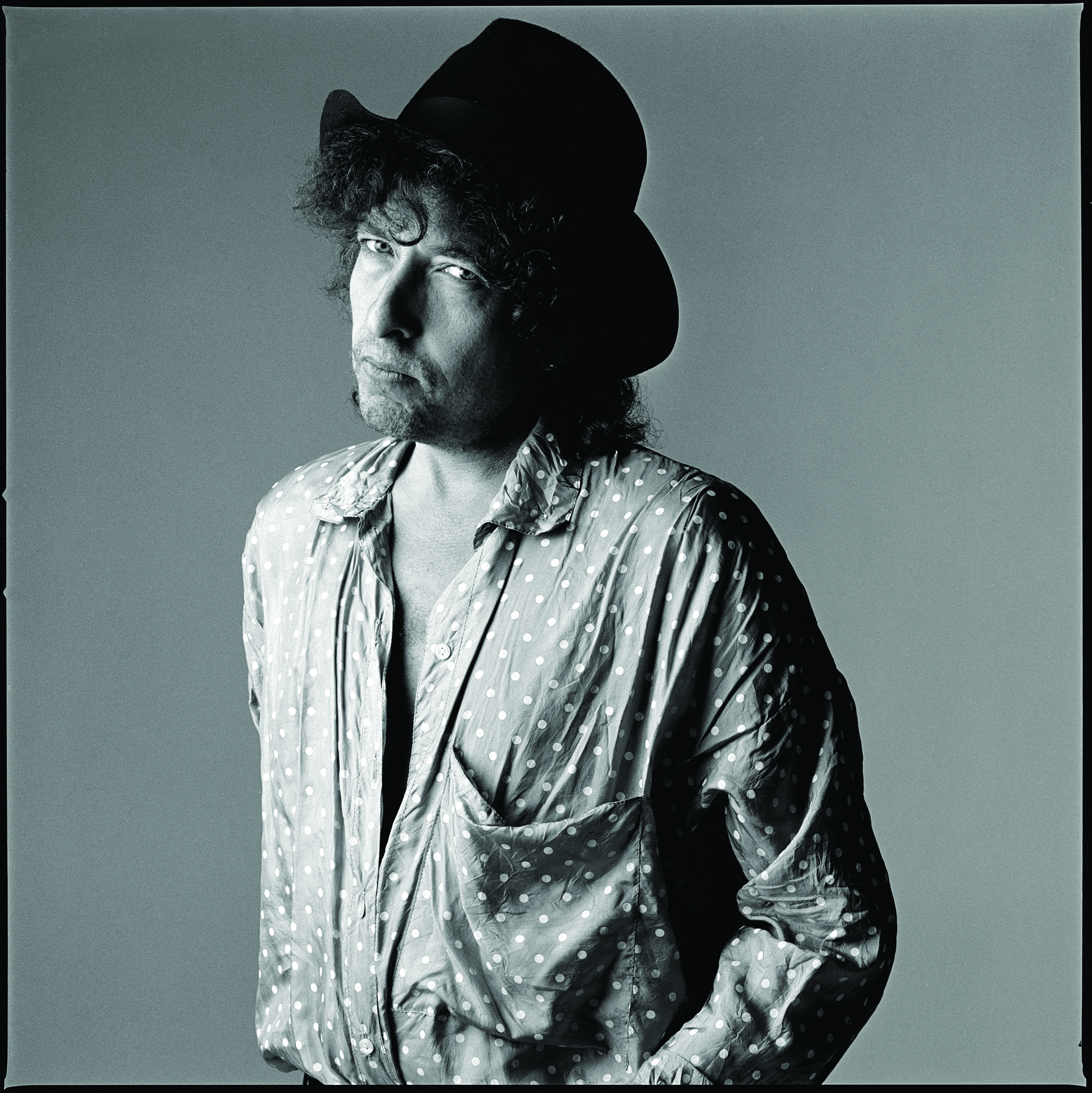 Bob Dylan
Bob Dylan
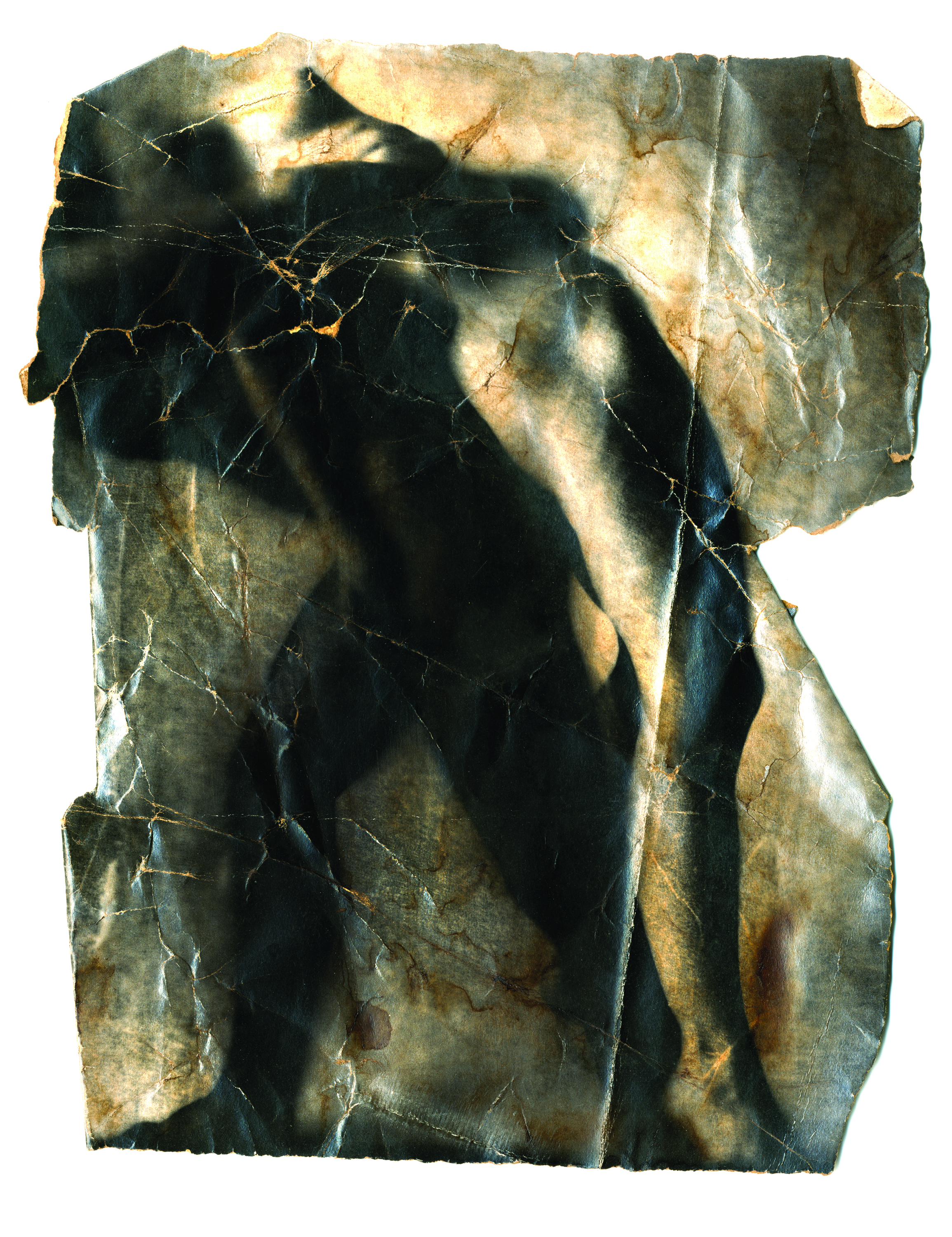 Fragment A (from the film Asphalt, Muscle & Bone)
Fragment A (from the film Asphalt, Muscle & Bone)
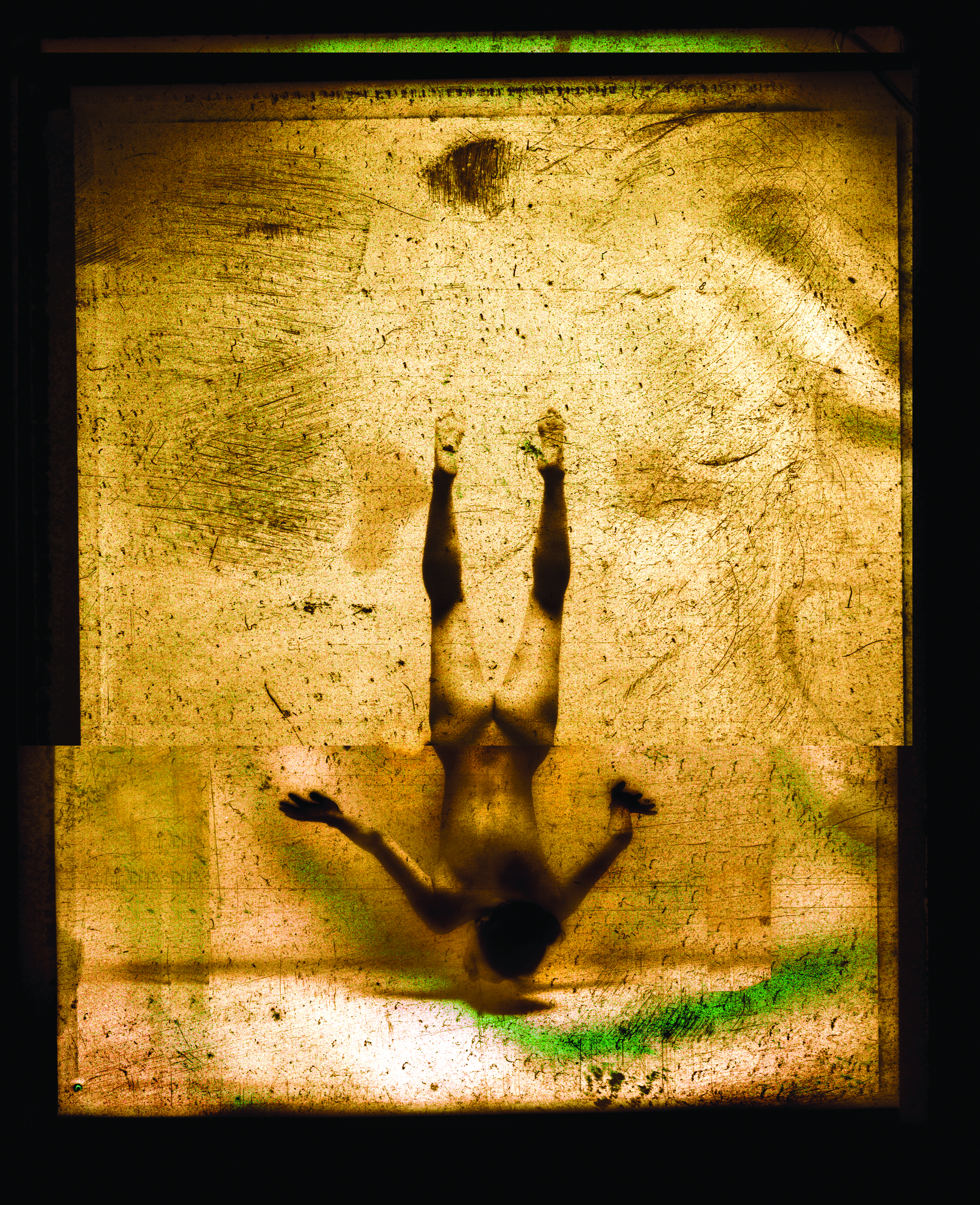 Broken Odalisque
Broken Odalisque
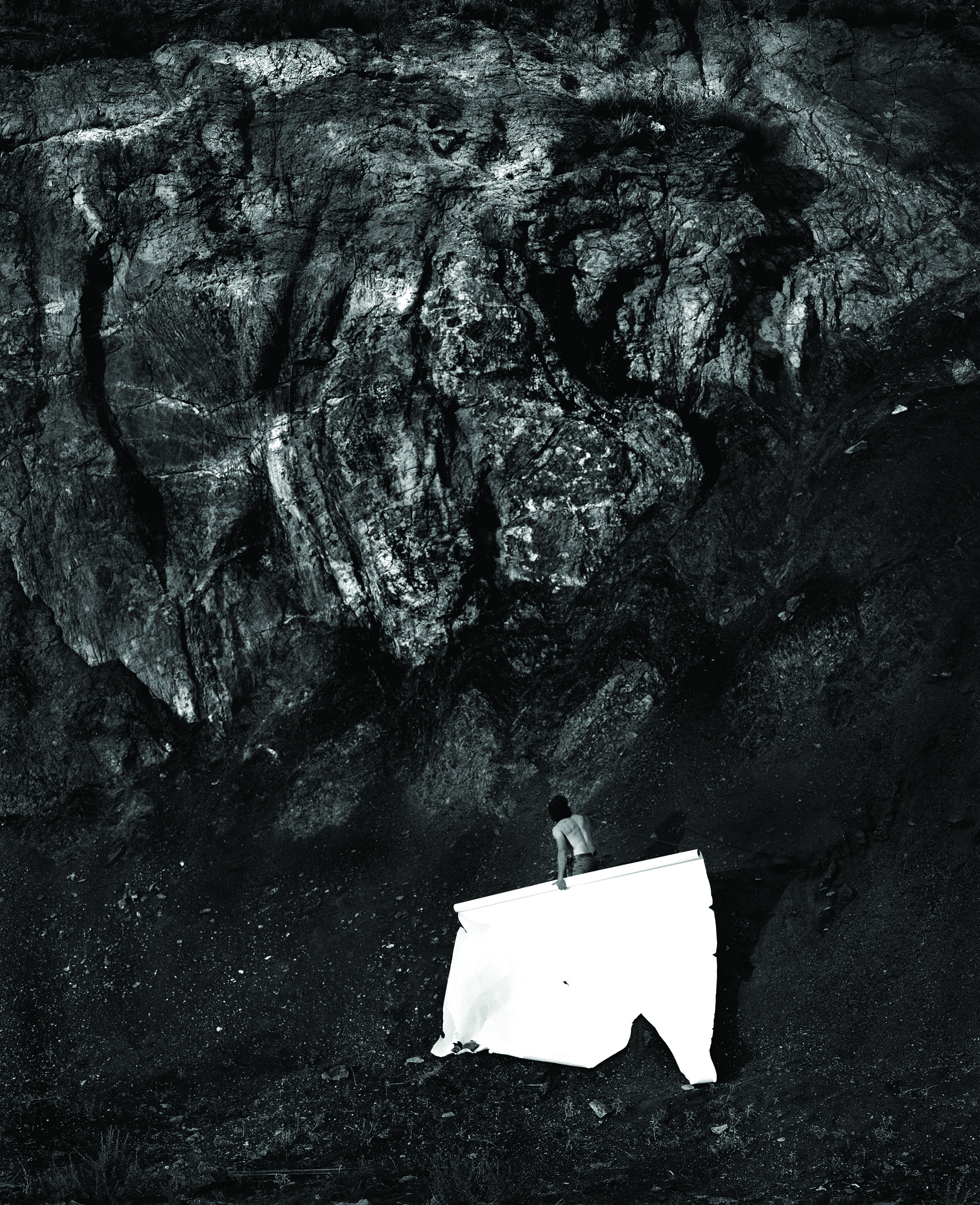 Al Pacile (from The Human Bible)
Al Pacile (from The Human Bible)
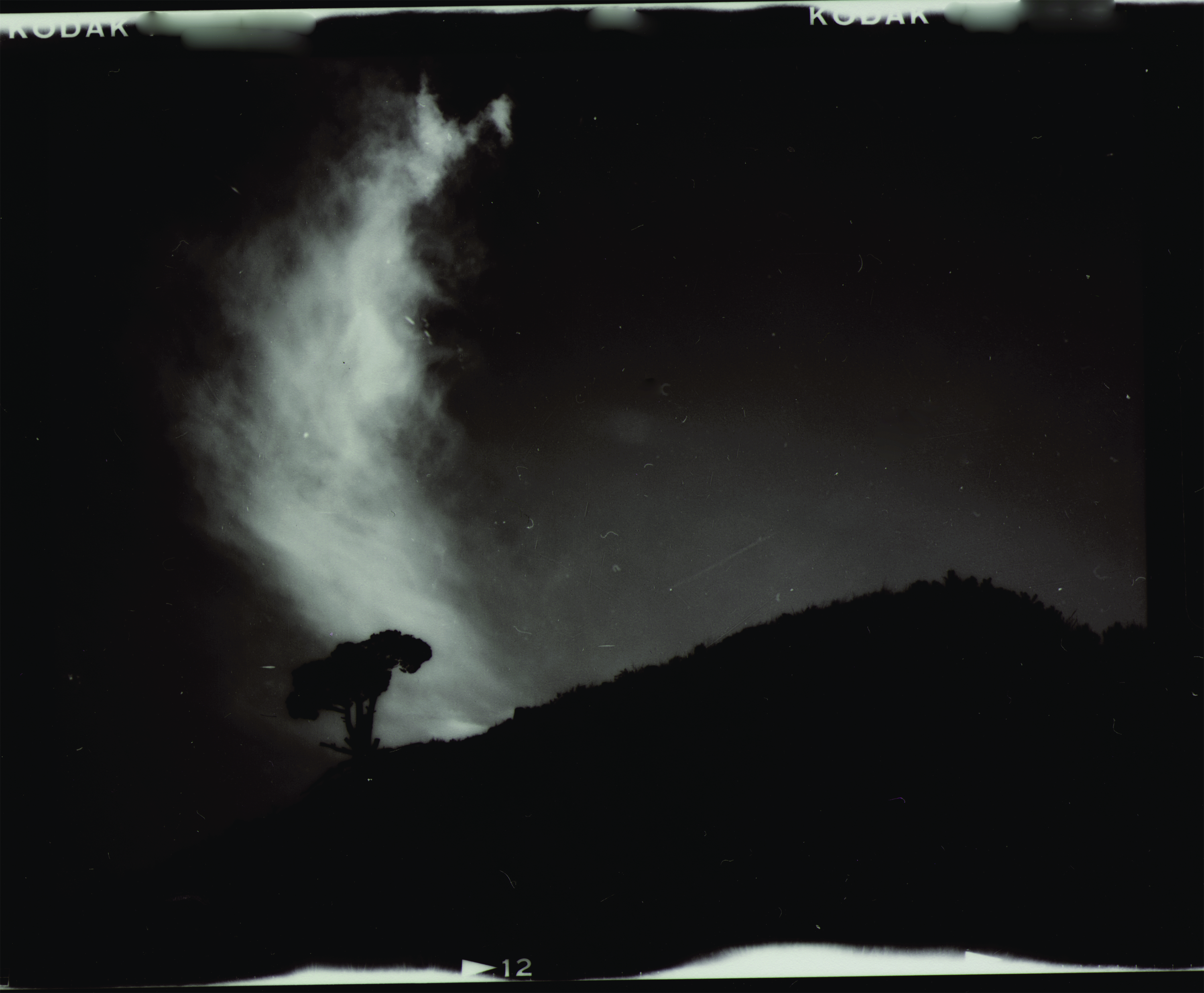 Dragon Smoke Behind Tree
Dragon Smoke Behind Tree
Images from Chasing Dragons: An Uncommon Memoir in Photographs by Bill Hayward, © 2015, published by Glitterati Incorporated www.GlitteratiIncorporated.com
.
.
An excited and exciting review that catches the play-drive that motivates Hayward’s creativity. I share at least two of Bill Hayward’s inspiring figures, Robert Graves and Emily Dickinson, and only wish they had been as transformative for me as they obviously have been for him. Hayward is a multi-faceted artist, a dynamo who can’t be limited to a single mode of creativity. I wish I could make art and films. But I can only write. The best we can do is chase our own smoke-dragons and paint our own backdrop. Only a great book could have stimulated a review this compelling. .
What I love about Numero Cinq is that I so often come away from an article feeling jolted awake. Duly awakened, DG and Bill Hayward, and thank you.
Marilyn, Thank you. That’s the nicest thing anyone’s said about the magazine in ages. Much appreciated.